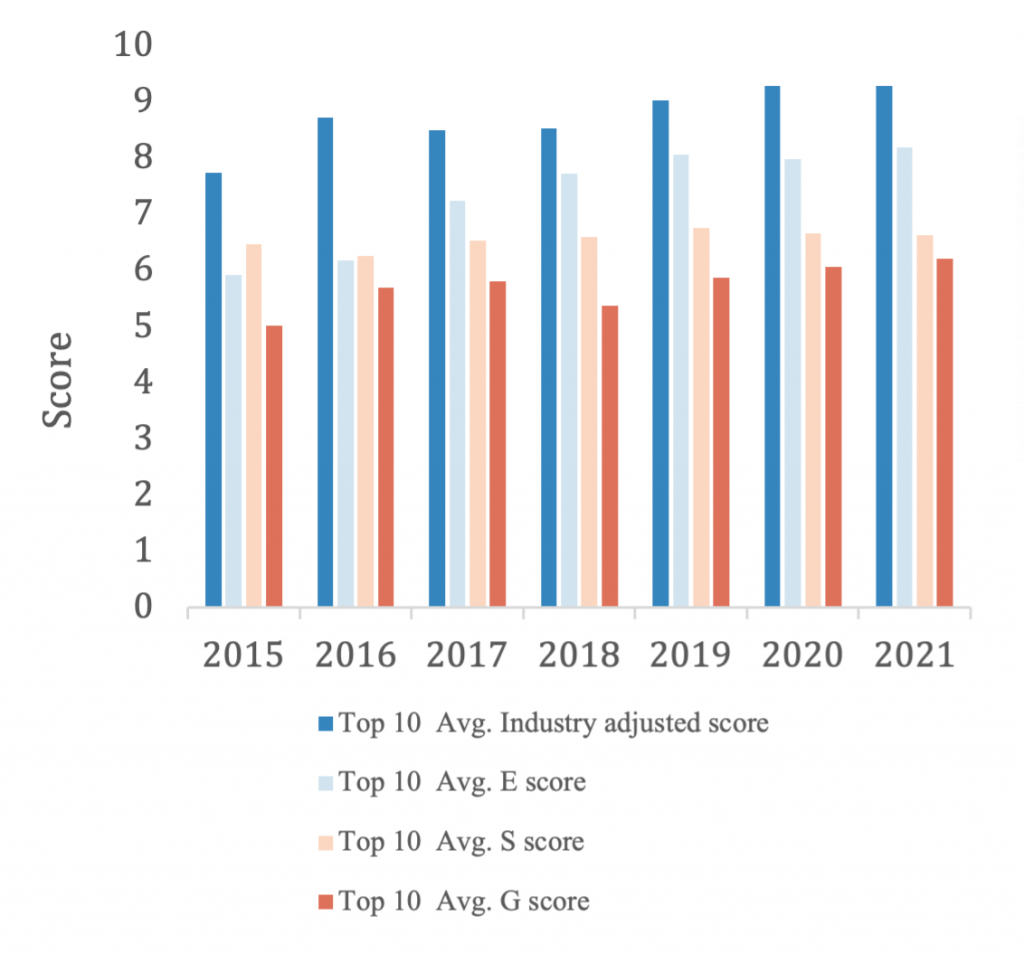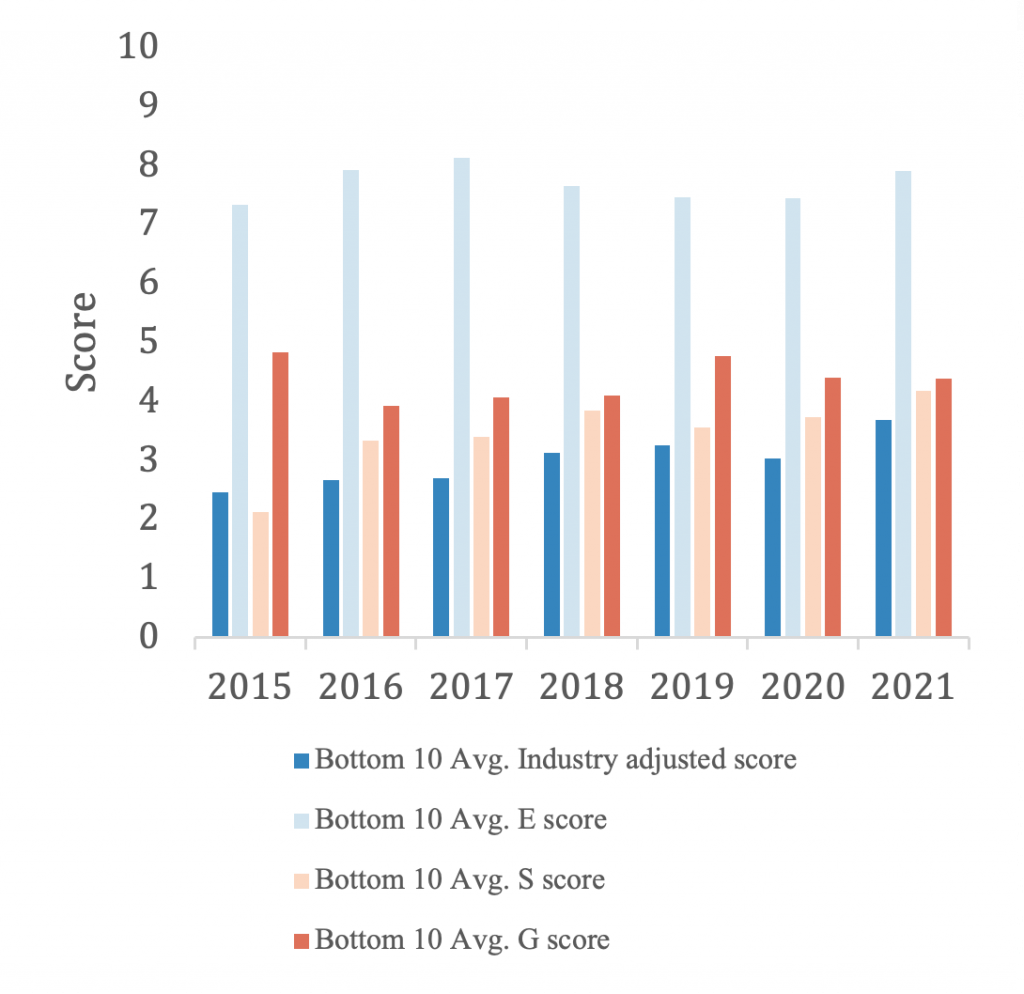By Prof. Kristjan Jespersen
The following is an interview with Professor Laura T. Starks. Laura T. Starks, Ph.D., holds the George Kozmetsky Centennial University Distinguished Chair at the McCombs School of Business, University of Texas at Austin. Dr. Starks specializes in teaching courses on environmental, social, and governance (ESG) investing. Her research focuses on ESG issues, including climate finance and board diversity, as well as molecular genetics and financial decisions. Dr. Starks has received numerous awards for her research and teaching contributions. She is affiliated with various organizations, such as NBER and ECGI, and serves as the President-Elect of the American Finance Association. Additionally, she has held editorial roles for financial publications and served on various boards and advisory committees related to mutual funds, pension funds, and government pension funds.
Our conversation focuses on the recent tensions in the field of ESG, areas of research, research design and possible paths forward. Our conversation explores one of the main tensions in ESG investing which is the potential trade-off between financial returns and ESG objectives. Some investors worry that prioritizing ESG factors might negatively impact investment performance, while others believe that companies with strong ESG practices may perform better in the long run. Our conversation explores these and other important points.
You will all enjoy!
About the author
Prof. Kristjan Jespersen is an Associate Professor in Sustainable Innovation and Entrepreneurship at the Copenhagen Business School (CBS). Kristjan Jespersen is an Associate Professor at the Copenhagen Business School (CBS). As a primary area of focus, he studies the growing development and management of Ecosystem Services in developing countries. Within the field, Kristjan focuses his attention on the institutional legitimacy of such initiatives and the overall compensation tools used to ensure compliance. He has a background in International Relations and Economics.

